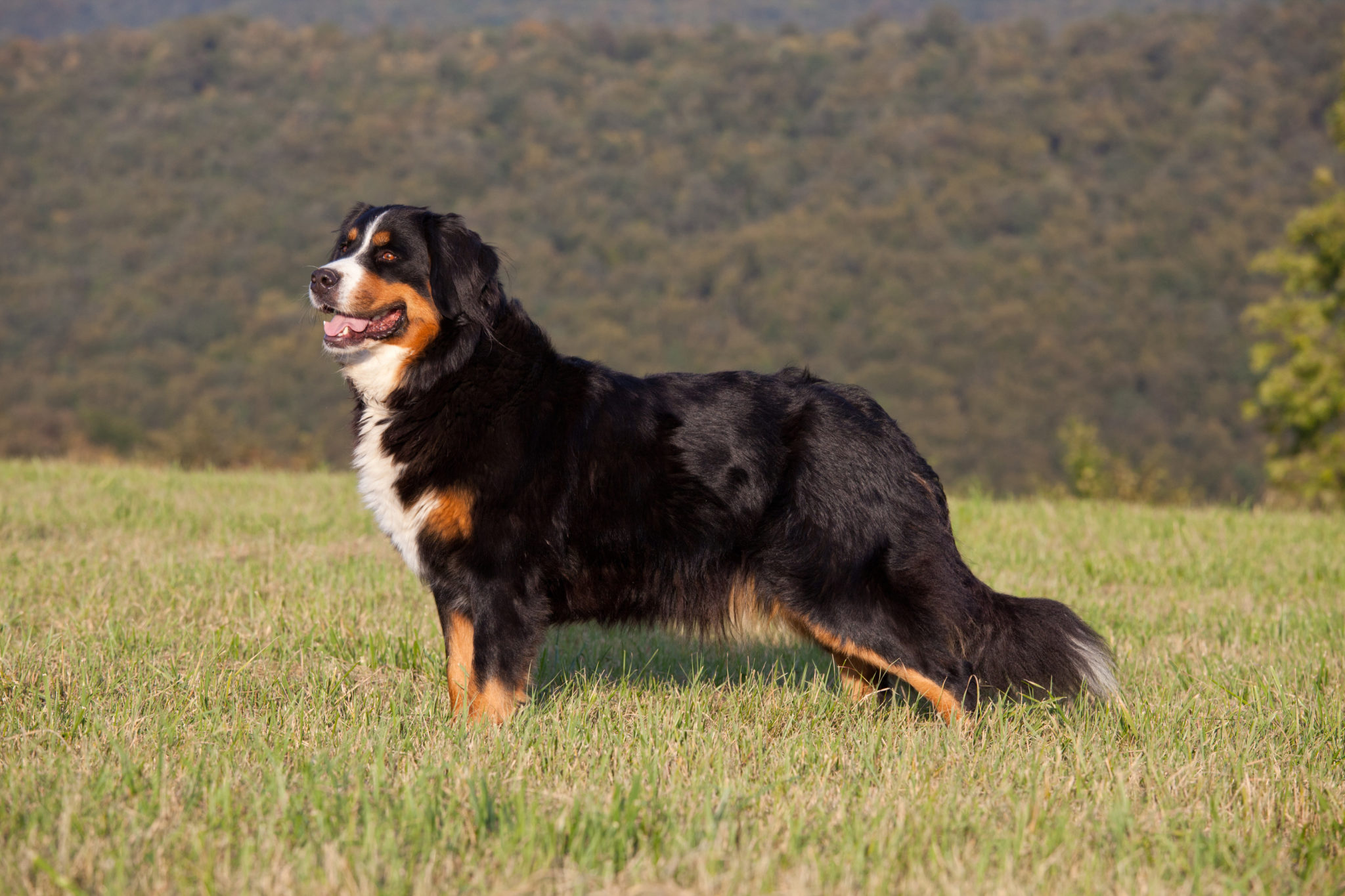

#BERNESE MOUNTAIN DOG FREE#
However, it is impossible to predict whether your growing puppy will be free of these diseases. They may also experience neurological issues associated with malformation or degeneration of the cerebellum, a part of the brain. They are also susceptible to von Willebrand disease, which is a bleeding disorder.īernese mountain dogs commonly get affected by malignant histiocytosis, a fatal type of cancer. They are prone to eye defects and diseases such as cataracts, progressive retinal atrophy, ectropion, and entropion. In Bernese mountain dogs, health issues include elbow and hip dysplasia, and other orthopedic problems. They have numerous health problemsīecause of their small genetic foundation and other reasons yet to be discovered, Bernese mountain dogs have multiple health problems.Ĭurrently, Berners have a lifespan of about 7-10 years, which is comparatively short. However they don’t respond well to harsh treatment and punishment. The current Bernese Mountain Dog Standard was adopted in 1990.īernese dogs can be easy to train. The club later became a member of the American Kennel Club in 1981. The Bernese Mountain Dog Club was later founded in 1968, with 43 registered Berners and a total of 62 members. The AKC then sent Glen Shadow a letter in 1937, acknowledging that Bernese Mountain Dogs had been accepted as a new working class breed.

The Glen Shadow Kennel in Louisiana also imported two Berners, both male and female, from Switzerland in 1937. The first litter of Bernese Mountain puppies was born in England in 1936 when two British breeders started importing Berners. At the time, the breed had not yet been recognized by the AKC. The American Kennel Club registered the first Berner in 1937Īfter the First World War, the first Berners were exported to Holland first, and then to the US. They also started to catch up as canine companions with Swiss householders. Under the leadership of Professor Albert Heim, a Swiss breed club was formed in 1907, and before long, these dogs have again favored farm dogs. When some Swiss fanciers noticed that the quality of the surviving Berners left something to be desired, they began to reverse the breed’s decline. Hence despite the breed’s utility at the time, mechanized farming and ranching brought the Berner’s numbers down. In the early 20th century, other means of transportation became easily accessible to farmers. They nearly became extinct in the early 20 th century In the Alps, they accompanied livestock, pulled carts, stood watch, and provided their owners with loyal companionship.Ĭonsistent obedient training is necessary for Bernese Mountain puppies if you want a well-mannered adult Berner. These four breeds include Greater Swiss Mountain Dog, Appenzeller Sennenhund, Berner Sennenhund, and Entlebucher.īernese mountain dogs have likely been working on Swiss farms for over 2000 years. It is believed that the Swiss Sennenhund breeds developed from a crossbreeding between the Mastiff-type dogs or the Molosser and the Swiss Alps. They commonly hooked two Berners to a cart to help them haul milk. Berners was originally vital to the farm life of the Swiss people as they served to drive cattle, pull carts loaded with farm produce to sell, and acted as watchdogs on the farm.Īlpine herdsmen used Berner Sennenhund as all-around farm dogs in the canton of Bern. These gentle, beautiful dogs were initially used in Switzerland to herd cattle. To learn more about this breed, here are 15 Things You Should Know About The Bernese Mountain Dog: A Bernese mountain dog appears black with a white chest and rust-colored markings above the eyes, front of the legs, sides of the mouth, and a small amount around his white chest. Their height ranges somewhere between 25-27.5 inches for males and 23-26 inches for females.īernese mountain dogs are massive dogs with distinctive tri-colored double coats. The male Berners weigh somewhere between 100-160 lb while the females weigh somewhere between 90-140 lb. They are also called Berner Sennenhund or Bernese Cattle Dog. The puppies look manageable and snuggly, and they have moderate exercise needs. They are incredibly loyal and tally well with kids and could play with them all day. Despite being a large breed, they pack a gentle nature. They are perfect canine companions to people who love large dogs and first-time dog owners. Commonly referred to as Berners, these dogs have a particular look about them – they’re strikingly gorgeous with sweet eyes. Bernese mountain dogs are becoming popular family pets.


 0 kommentar(er)
0 kommentar(er)
